Figure shows a rigid rod of length 1.0 m. It is pivoted at O. For what value m, the rod will be in equilibrium ? Find the force (F) exerted on the rod by the pivot. Neglect the weight of the rod.
The correct Answer is:m = 4/3 kg, F = 100/3 N
To solve the problem step by step, we need to analyze the forces acting on the rod and apply the principles of equilibrium.
Step 1: Understand the Setup
We have a rigid rod of length 1.0 m pivoted at point O. The rod has two masses attached at points A and B. The distance from O to A is 40 cm (0.4 m) and from O to B is 60 cm (0.6 m). The mass at A is 2 kg, and the mass at B is m kg.
Step 2: Write the Equilibrium Condition
For the rod to be in equilibrium, the sum of the moments about the pivot point O must be zero. This can be expressed as:
Moment due to F1=Moment due to F2
Where:
- F1=m⋅g (force due to the mass at A)
- F2=2⋅g (force due to the mass at B)
Step 3: Calculate the Moments
The moment due to F1 (at A) about point O is:
Moment1=F1⋅d1=(m⋅g)⋅0.4
The moment due to F2 (at B) about point O is:
Moment2=F2⋅d2=(2⋅g)⋅0.6
Step 4: Set the Moments Equal
Setting the two moments equal gives us:
(m⋅g)⋅0.4=(2⋅g)⋅0.6
Step 5: Simplify the Equation
We can cancel g from both sides (assuming g≠0):
m⋅0.4=2⋅0.6
Now, calculate the right side:
2⋅0.6=1.2
So, we have:
m⋅0.4=1.2
Step 6: Solve for m
Now, solve for m:
m=1.20.4=3 kg
Step 7: Find the Force (F) Exerted by the Pivot
To find the force F exerted on the rod by the pivot, we need to consider the vertical forces acting on the rod. The total downward force is from the mass at B:
F=F1+F2=(m⋅g)+(2⋅g)=(3⋅g)+(2⋅g)=5g
Assuming g=10m/s2:
F=5⋅10=50N
Final Answers
- The value of m for equilibrium is 3 kg.
- The force F exerted on the rod by the pivot is 50 N.
We have a rigid rod of length 1.0 m pivoted at point O. The rod has two masses attached at points A and B. The distance from O to A is 40 cm (0.4 m) and from O to B is 60 cm (0.6 m). The mass at A is 2 kg, and the mass at B is m kg.
For the rod to be in equilibrium, the sum of the moments about the pivot point O must be zero. This can be expressed as:
- F1=m⋅g (force due to the mass at A)
- F2=2⋅g (force due to the mass at B)
The moment due to F1 (at A) about point O is:
Setting the two moments equal gives us:
We can cancel g from both sides (assuming g≠0):
Now, solve for m:
To find the force F exerted on the rod by the pivot, we need to consider the vertical forces acting on the rod. The total downward force is from the mass at B:
- The value of m for equilibrium is 3 kg.
- The force F exerted on the rod by the pivot is 50 N.
Topper's Solved these Questions
- RACEBOOK - ALLENCHAPTER - RACEEXERCISE - Basic Maths (GRAVITATION)
25 Videos
- RACEBOOK - ALLENCHAPTER - RACEEXERCISE - Basic Maths (Properties of Matter & Fluid Mechanics)(Elasticity)
20 Videos
- RACEBOOK - ALLENCHAPTER - RACEEXERCISE - Basic Maths (COLLISION AND CENTRE OF MASS )
12 Videos
- NEWTONS LAWS OF MOTIONBOOK - ALLENCHAPTER - NEWTONS LAWS OF MOTIONEXERCISE - EXERCISE-III
28 Videos
- SIMPLE HARMONIC MOTIONBOOK - ALLENCHAPTER - SIMPLE HARMONIC MOTIONEXERCISE - Example
1 Videos
Similar Questions
A uniform rod of length L pivoted at the bottom of a pond of depth L/2 stays in stable equilibrium as shown in the figure.
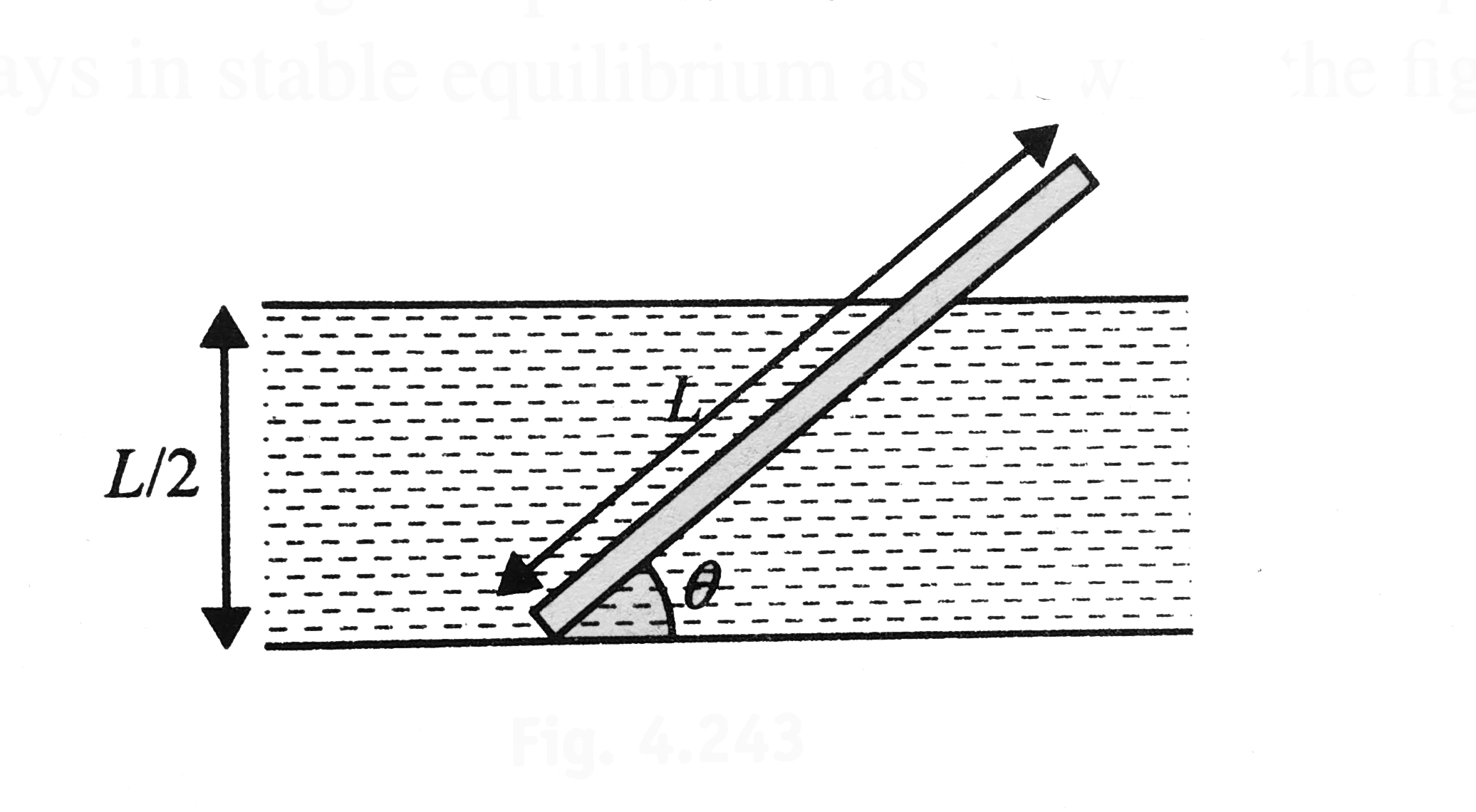
Find the angle 0 if the density of the material of the rod is half of the density of water.
View SolutionFind the velocity of the moving rod at time t if the initial velocity of the rod is zero and a constant force F is applied on the rod.Neglect the resistance of the rod.
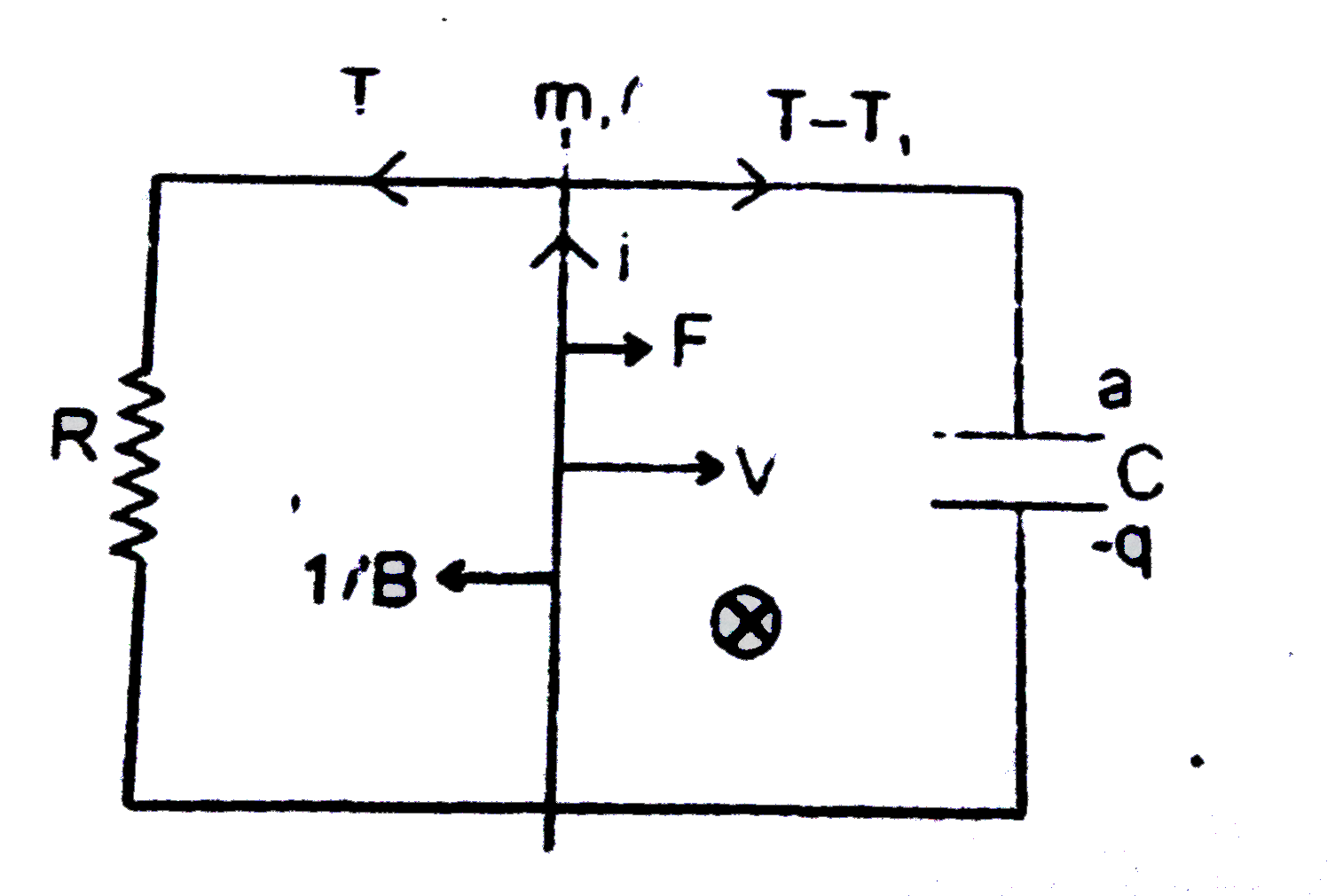
View SolutionA uniform rod of length l is placed symmetrically on two walls as shown in Fig. The rod is in equilibrium. If N1 and N2 are the normal forces exerted by the walls on the rod, then

View SolutionOne end of a uniform rod of length l and mass m is hinged at A. It is released from the rest from horizontal position AB as shown in figure. The force exerted by the rod on the hinge when it becomes verticle is
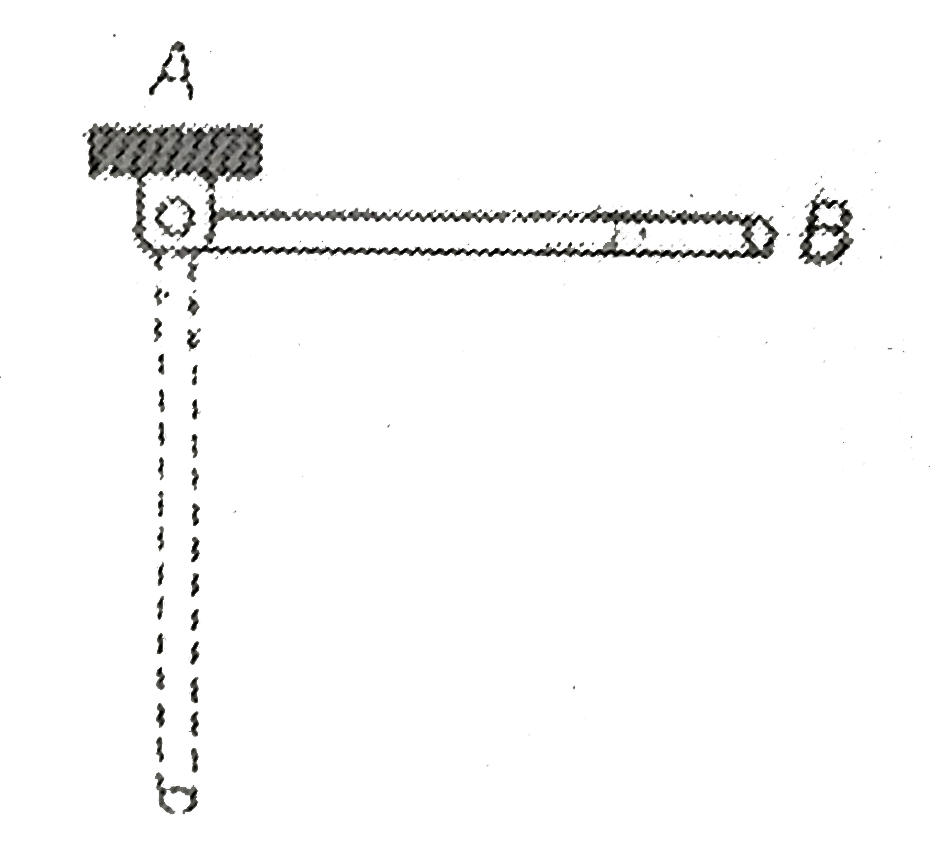
View SolutionA uniform rod of length L pivoted at the bottom of a pond of depth L/2 stays in stable equilibrium as shown in the figure.
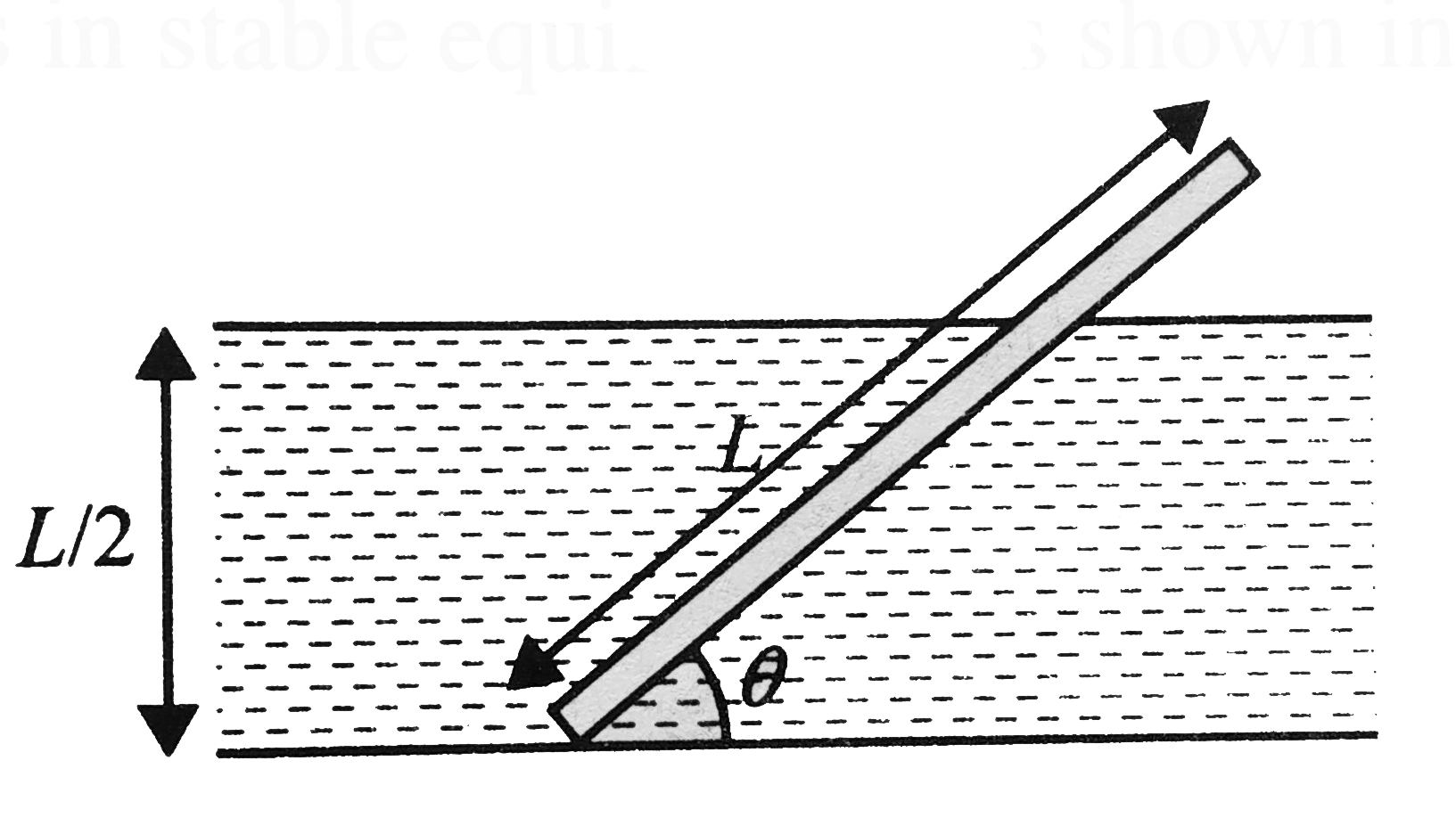
Find the force acting at the pivoted end of the rod in terms of mass m of the rod.
View SolutionA slender rod of mass M and length L rests on a horizontal frictionless surface. The rod is pivoted about one of ends. The impulse of the force exerted on the rod by the pivot when the rod is struck by a blow of impulse J perpendicular to the rod at other end is
View SolutionA light rigid rod of mass M, and length L is pivoted at one of its end. The rod can swing freely in the vertical plane through a horizontal axis passing through the pivot. Show that the time period of the rod about the pivot is T=π√2L3g
View SolutionFigure shows a uniform rod of length 30 cm having a mass 3.0 kg. The rod is pulled by constant forces of 20N and 32N as shown. Find the force exerted by 20 cm part of the rod on the 10 cm part (all surfaces are smooth) is

View SolutionA rigid rod of mass m & length l is pivoted at one of its ends. If it is released from its horizontal position, find the speed of the centre of mass of the rod when it becomes vertical.
View SolutionOne fourth length of a uniform rod of length 2l and mass m is place don a horizontal table and the rod is held horizontal. The rod is released from rest. Find the normal reaction on the rod as soon as the rod is released.
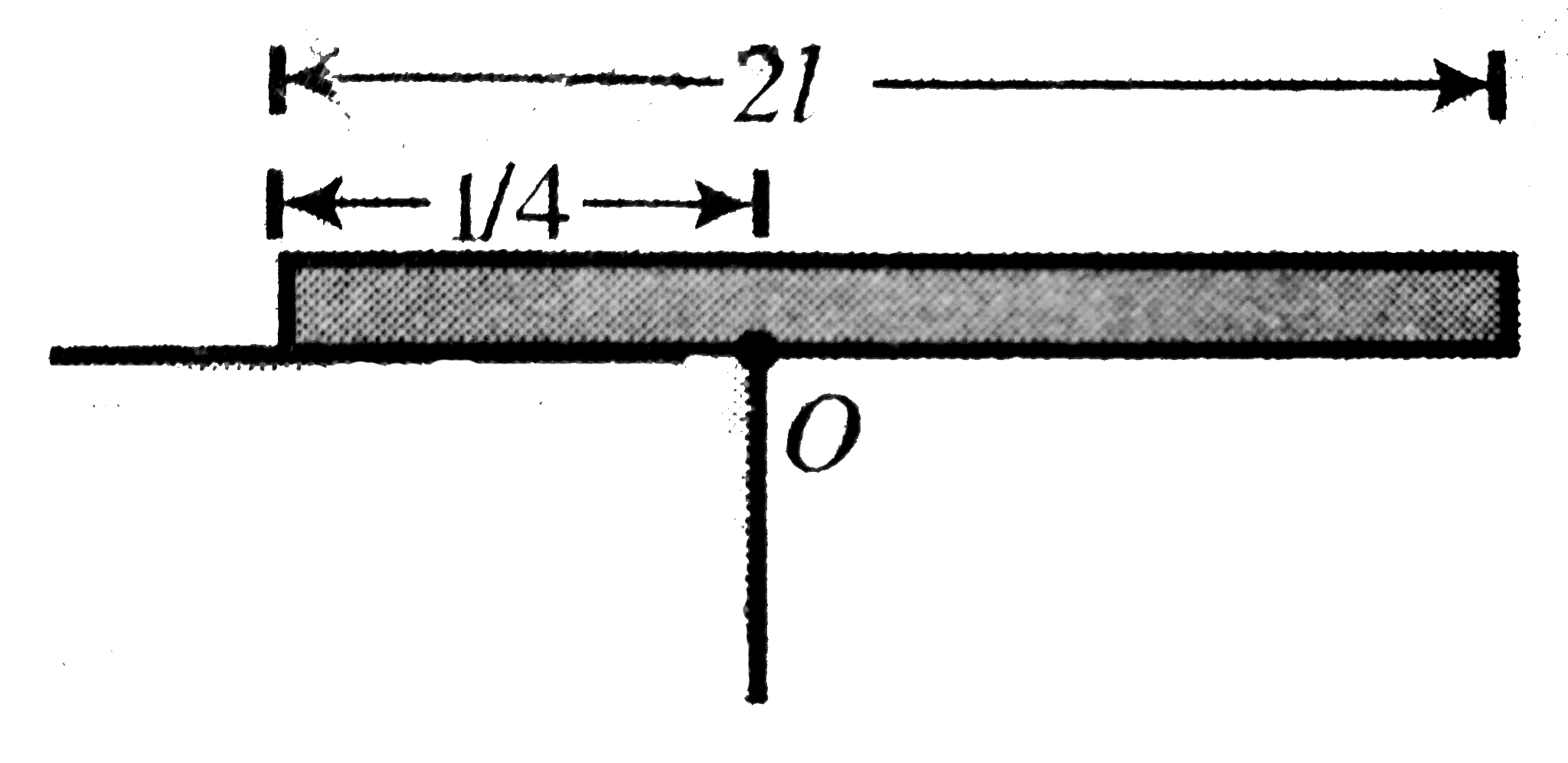
View Solution
